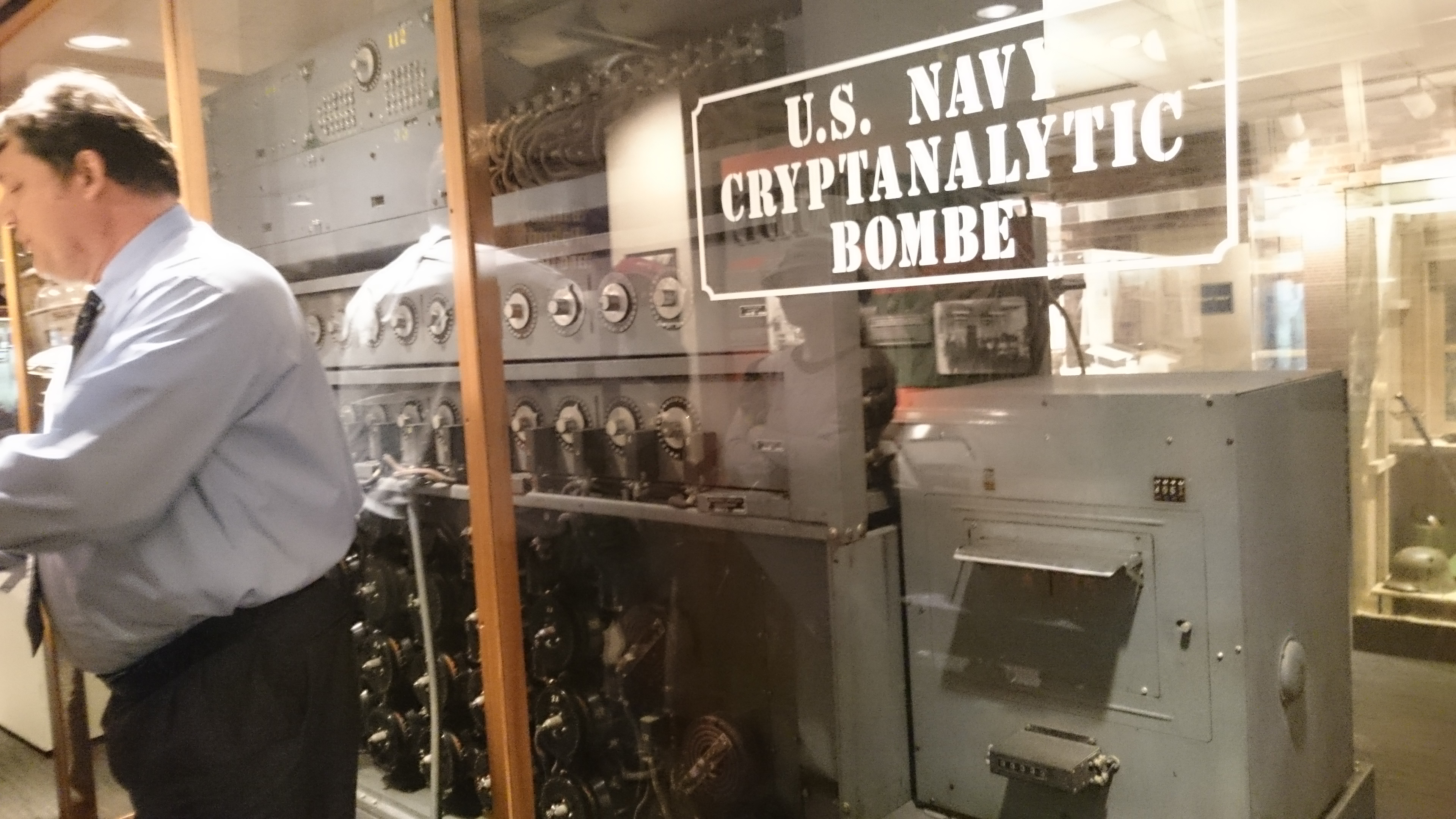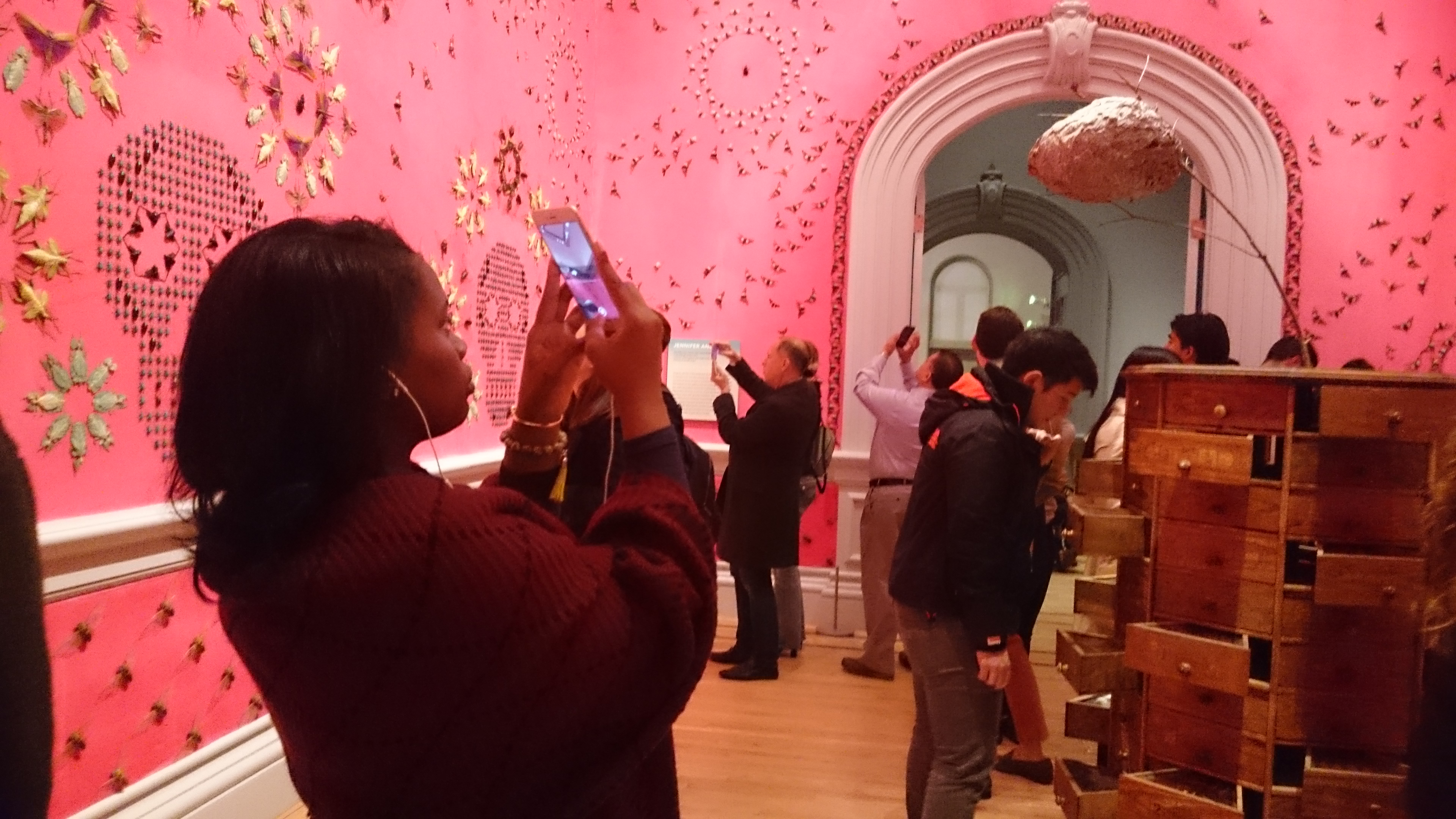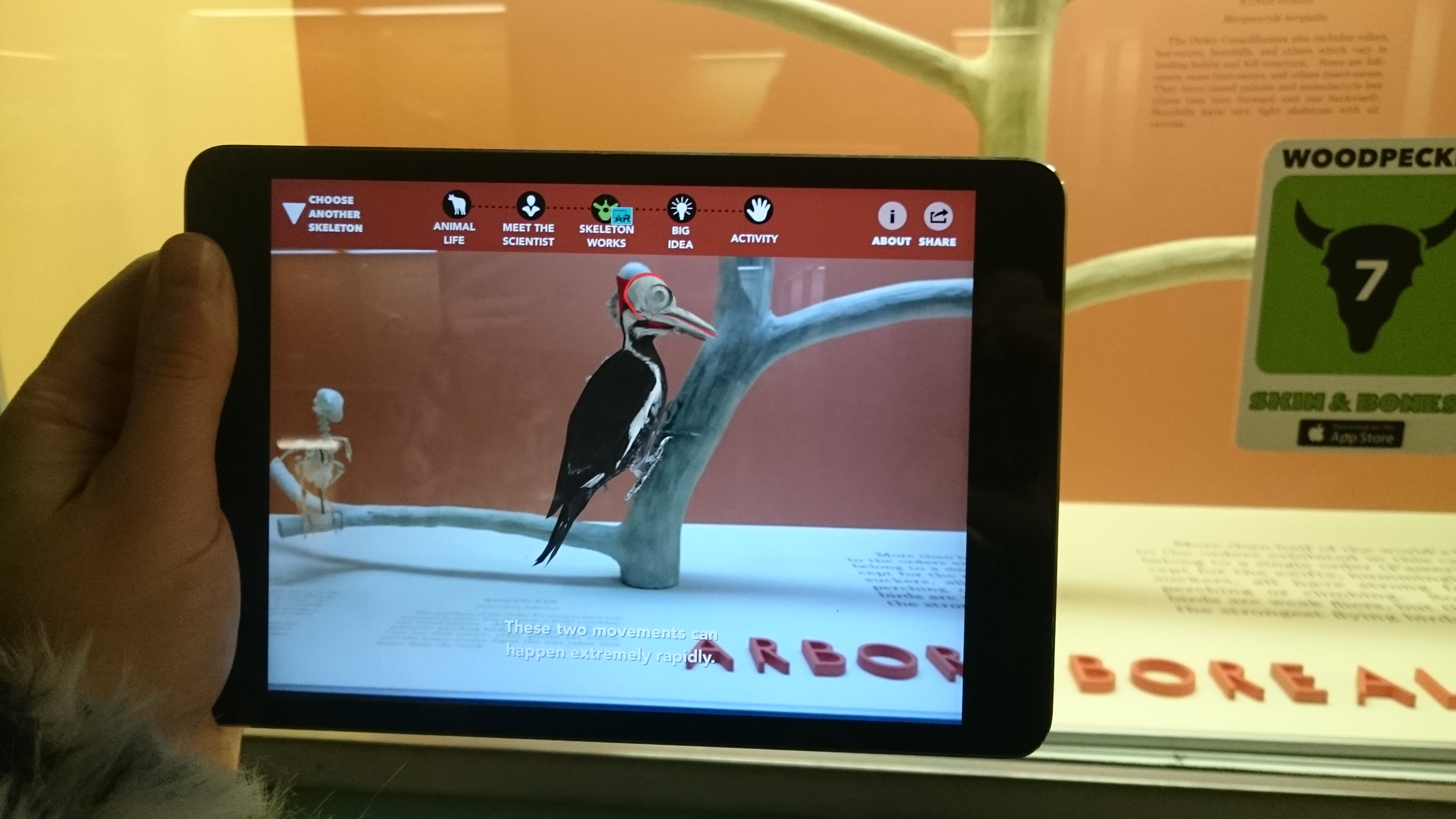I came back this week from 10 days in the States where I visiting my brother and sister-in-law, who recently moved to Brooklyn, with my parents for Thanksgiving. By pure coincidence, my Frankly, Green + Webb colleague Laura was also on the East Coast of the US at the same time visiting family. I took the chance to see a ton of museums (ten! in total), meet up with Laura, and also meet some interesting museum folk working in digital.
Ten is a lot of museums to cover, so I’ve split the posts up. Here are my experiences in Washington DC at the National Cryptologic Museum, The Renwick Gallery and the National Museum of Natural History. It was my first trip to Washington and my goodness, it doesn’t do its museums and monuments by halves (they are all SO BIG, and the Mall? Almost overwhelming).
The National Cryptologic Museum (NSA): the power of a great docent tour
The first museum trip was out of D.C. a bit, to the NSA’s Cryptologic Museum, a quirky history of code-breaking next door to the NSA’s site about 45 minutes drive from the centre of D.C. The museum itself has a few recent additions to bring some of the tech and the story of cryptology up to date a little, but most of it doesn’t appear to have been changed for quite some time. It could have therefore been quite dry, especially with such a complex subject matter, but their greatest assets are their brilliant docents, who bring the objects to life.

We first met the docent who would become our guide at the Enigma machine, where he was showing us how to use it (they had one that was available for visitors to play with). It was the first of many experiences at the museum where I was suddenly able to understand the purpose and function of a complex object that I’ve previously struggled to grasp. This is something that digital interactives can sometimes help with, but to be honest, I’m not sure can make up for the human touch and the ability to respond to the audience in person and answer questions. Our group was hooked, and we followed our guide around the rest of the museum as he told us fascinating stories about Pearl Harbor, the Battle of Midway and the Cold War.
I learnt so much, and must admit that by the end of it I was left wondering whether more museums should concentrate their efforts on hiring as many knowledgeable and passionate docents as possible and worry less about text (or digital) interpretation. With the best will in the world, consuming information visually, by reading especially, becomes tiring and difficult before too long in a museum. But when you have an engaging human being telling you stories, well, it somehow becomes very easy to take it in.
The Renwick Gallery: instagram friendliness

On to the recently re-opened Renwick Gallery, for their fantastic Wonder exhibition of large scale art installations by nine very different artists. It’s all very photogenic, clearly something recognised by the museum who encourage photography by suggesting a hashtag and featuring a screen with an instagram feed showing visitor’s pictures. This meant that the frequently seen visitor behaviour of photographing objects and artworks was in overdrive. I was unable to stop myself too. It didn’t leave much room for quiet contemplation, but I don’t know if these pieces necessarily lent themselves to that anyway. I think that’s OK, we thoroughly enjoyed it. Thanks to Brian Alpert for recommending this via twitter.
National Museum of Natural History: Skin and Bones and a standout use of AR
Next day, onto the Mall for the National Museum of Natural History (and a flying visit through the National Gallery of Art, a very grand space). The NMNH had been high up on my list to visit. Not just because I am a fan of natural history museums (the dustier and wonkier the better, IMHO) but because I’d heard Diana Marques speak about an upcoming app she was working on for them at EVA in 2013, and was intrigued. The app is Skin and Bones, and is now live. Laura and I both tried it out in separate visits.
Oh the huge manatee. Possibly best use of AR in a museum I've seen yet? @NMNH #mtgo #musetech pic.twitter.com/K7flwWJnon
— Martha Henson 💚🌍 (@marthasadie) November 22, 2015
The app was created in response to the fact that visitors can find it hard to engage with the skeletons in NMNH’s Bone Hall, since they don’t know how to interpret what they are looking at. Skin and Bones uses augmented reality (AR) to overlay animal bodies onto the skeletons or to animate them and show how they work. My highlight was the animated overlay showing how the woodpecker’s skull allows it to have a very long tongue that wraps around its brain. It’s a really really neat use of AR, appropriately used and well implemented. The only downside was that it was so great it made you want to see this for any animal in the Hall, but it’s only available for the few of the skeletons. Hopefully they’ll add more in the future, I imagine it takes a lot of work to create these.

Some other thoughts. The AR does somewhat overshadow the rest of the content, which involves activities and videos. I wonder whether people actually do those, when the AR stuff is so enticing. Also, neither Laura nor I had brought headphones, and if you don’t have headphones with you, or are sharing the device with others, you’ll need to play the audio out loud. From previous experience, many visitors are uncomfortable with this, which is why some places provide headphones, or loan out devices so that groups can have more than one (and so the experience doesn’t rely on people bringing their own, of course). I understand some visitor evaluation is forthcoming in the next year, am really keen to see it and see how it’s being used, I think it will be very interesting for anyone thinking of doing something similar.
Whilst there was a lot of signage for the app in the room, we didn’t see anyone else using Skin and Bones, or any signage for it in the rest of the Museum (though perhaps we just didn’t spot it), which seems a shame. Maybe it could be more heavily trailed elsewhere and in general marketing so that people come prepared and excited about it? Laura tried it with her kids and they also really liked it (and wanted more) so it’s a great asset, worth shouting about. If you have the chance, go check it out.
(Link to Part Two: NYC, robots, the Cooper Hewitt Pen, games)
3 thoughts on “DC/NYC: an epic museum tour (Part One: DC, cryptology, instagram, augmented reality, a great docent tour)”